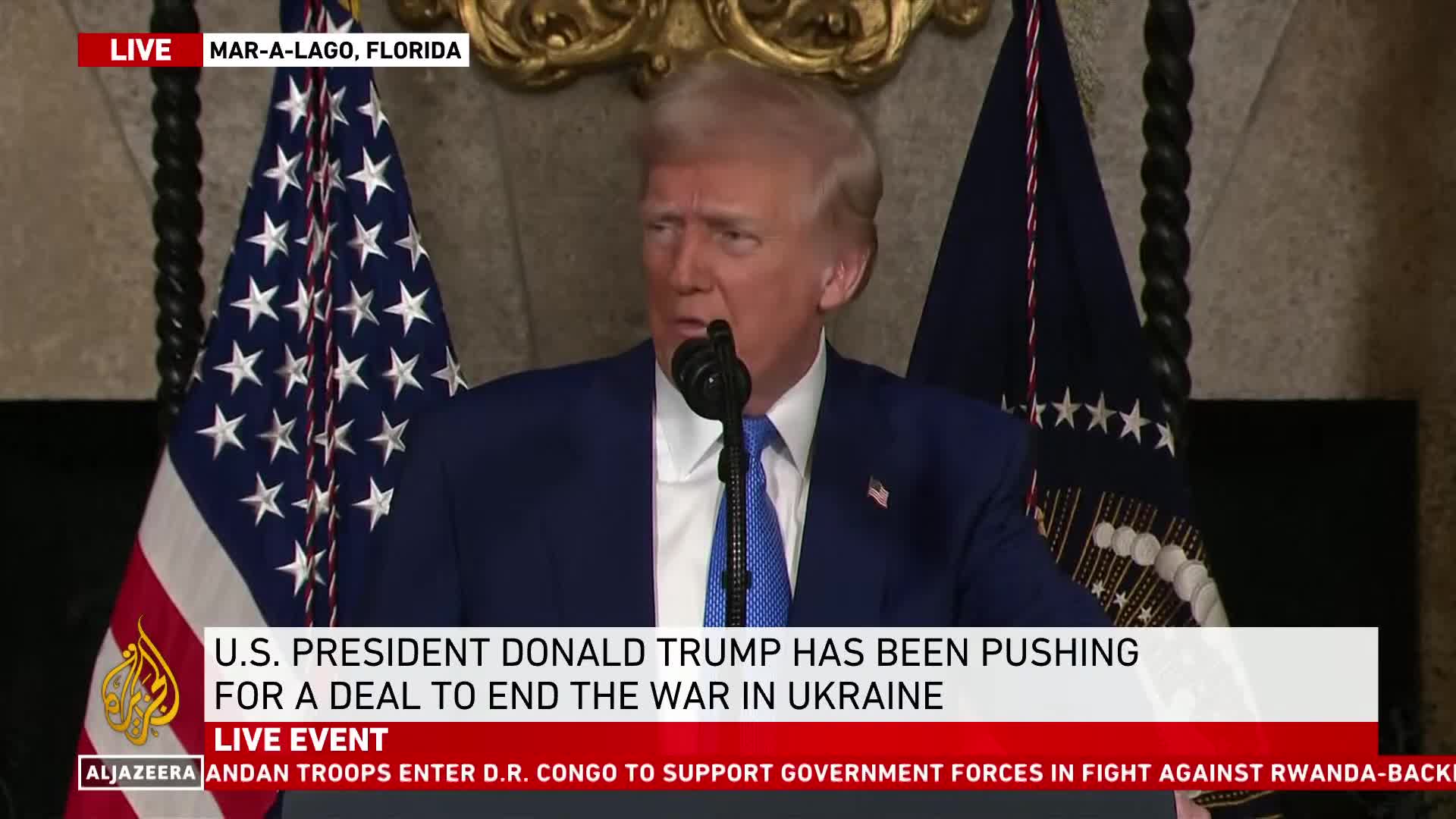National Security
What is the current state of Ukraine's cities due to the war?
Ukraine's cities have been devastated by the war, with many completely destroyed and resembling massive demolition sites. According to Donald Trump, numerous cities have been "blown to smithereens," with buildings collapsed and entire urban areas decimated. In some locations, there isn't even a single building left standing. Trump notes that percentage-wise, some Ukrainian cities have suffered more structural damage than Gaza, creating a humanitarian catastrophe where once-thriving urban centers now lie in ruins, though he mentions Kyiv has been less affected with approximately 20% destruction.
Watch clip answer (01:14m)How does Donald Trump view Elon Musk's role and what is his perspective on the Ukraine conflict?
Donald Trump views Elon Musk as a patriot regardless of his official designation, stating, "Elon is, to me, a patriot... you could call him an employee, you could call him a consultant, you could call him whatever you want, but he's a patriot." This characterization comes in response to a White House filing claiming Musk has no authority to make decisions. Trump then pivots to emphasize that Ukraine represents a more pressing concern, highlighting the human toll of the conflict by asserting, "Ukraine's a bigger deal because people are dying by the thousands a week." His statement underscores his view that the ongoing casualties in Ukraine deserve greater attention than debates about Musk's role.
Watch clip answer (00:37m)What national security concerns have been raised by recent FAA employee terminations?
Recent FAA terminations included employees working on critical national defense systems, notably an early warning radar system in Hawaii designed to detect incoming cruise missiles. This program, partly funded by the Department of Defense, is one component of the FAA's National Airspace System defense programs. Terminated employees have expressed serious concerns, with one telling the AP they're 'scared to death' about the security implications, adding that 'the American public should be scared, too.' They questioned whether administration officials fully understood the importance of their work, suggesting decision-makers may not have comprehended the national security functions these programs serve.
Watch clip answer (00:23m)What impact are Donald Trump's federal employee terminations having on critical areas of public safety?
Donald Trump has been firing thousands of federal government employees in what appears to be mass terminations that potentially violate the law in some cases. These widespread staff reductions carry significant implications across multiple critical sectors of public safety and national security. The firings specifically threaten aviation safety, public health services, and even the handling of the country's nuclear operations. These cuts represent more than just administrative changes—they pose potential risks to essential regulatory oversight and safety protocols that protect American citizens across various domains of public welfare.
Watch clip answer (00:15m)What was the US proposal regarding Ukraine's resources, and why did President Zelensky reject it?
The US proposed a deal for 50% of Ukraine's mineral wealth, possibly extending to natural resources including oil and gas. This offer was characterized as seeking reimbursement for American support already provided to Ukraine, with National Security Adviser Mike Waltz stating Americans deserve payback for their investment in the war. President Zelensky rejected the deal because it lacked security guarantees. Ukrainian officials noted that while some profits would be reinvested into post-war reconstruction, Zelensky considered security assurances essential, especially given Ukraine's previous experience when Western security promises following nuclear disarmament weren't fulfilled.
Watch clip answer (05:01m)How are Trump's federal employee terminations affecting aviation safety in the United States?
Trump's administration has been firing thousands of federal employees, including hundreds from the FAA, exacerbating the nationwide shortage of air traffic controllers. These terminations, reportedly done without cause and not based on performance, come at a concerning time following recent aviation incidents including a fatal mid-air collision over Washington D.C. and a crash landing in Toronto. The president of a union representing 11,000 FAA and DoD employees noted that probationary workers received termination emails, raising serious concerns about air travel safety as these staffing reductions occur during an already critical shortage of qualified personnel.
Watch clip answer (00:55m)




